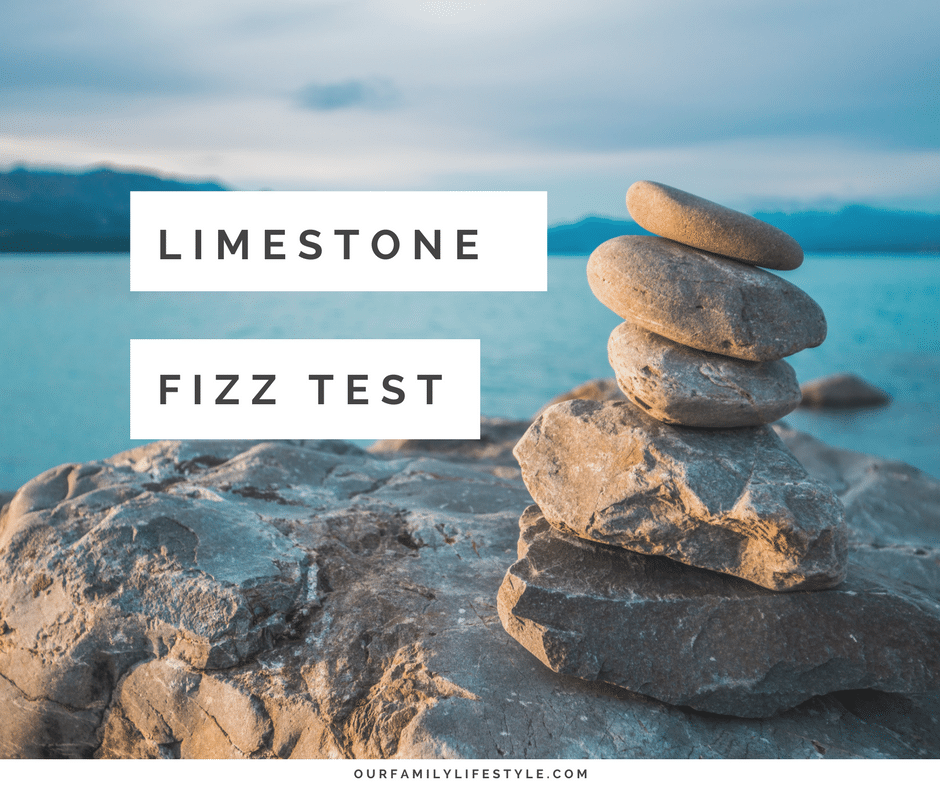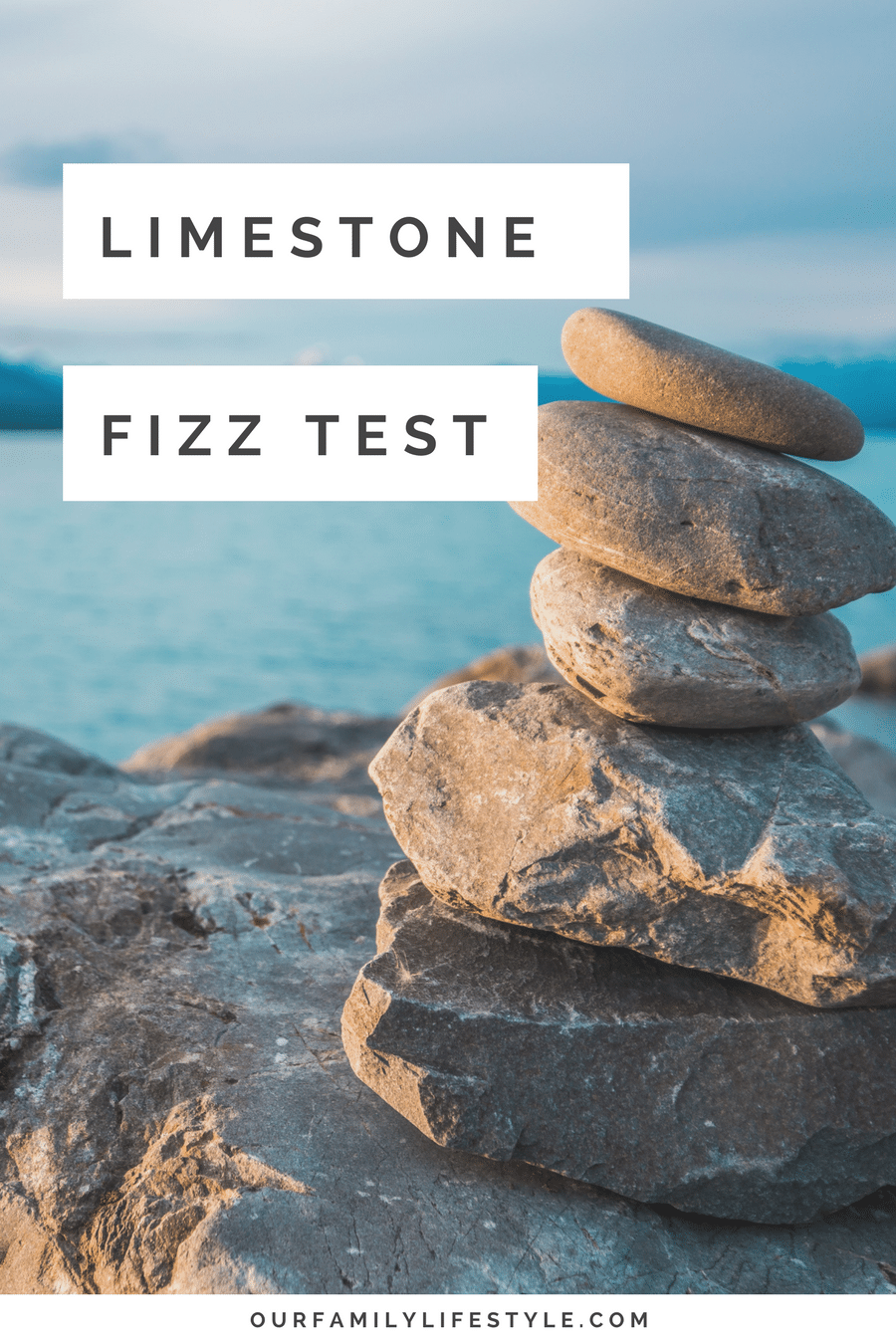Conduct a Limestone Fizz Test with the Kids
Disclosure: As a Little Passports Ambassador, my kids receive monthly kits from “Around the World” to enjoy. The post may also contain affiliate links. Regardless, all opinions are 100% my own.
Do you have kids that enjoy learning? I know my girls are sponges. They always want to know the ins-and-outs of everything. The Little Passports program gives them the opportunity to learn about exciting things from all over the world. One stop on the adventure lands you in Nebraska. Once there, you can learn to conduct a limestone fizz test. How cool is that?!
Limestone Fizz Test
Did you know that the world’s largest limestone deposit is in Weeping Water, Nebraska? My girls would not know that without learning from the Little Passports program. It’s not something they would normally ask, but they enjoyed learning about. We also learned that limestone is a sedimentary rock.
Sedimentary means that it is a rock that has formed through the deposition and solidification of sediment, especially sediment transported by water (rivers, lakes, and oceans), ice ( glaciers), and wind. Sedimentary rocks are often deposited in layers, and frequently contain fossils.
Limestone contains a compound called sodium carbonate. So, when you pour acid-based liquids on limestone, the sodium carbonate will fizz and create carbon dioxide. And the fizz test is really easy to perform.
Supplies:
- Rocks
- Damp paper towel
- Pointed object (nail, pick, etc)
- 1 tsp vinegar for each rock
- Dropper or straw
Directions:
- Clean each of the rocks with the damp paper towel.
- Using your pointed object, scratch the rock to try and scrape powder from the rock. (Note that not all rocks will be soft enough to produce powder).
- Gather 1 tsp vinegar in your straw or dropper and place on scratched area of rock.
- Watch what transforms when the acid meets the powder.
That’s it! You just completed the experiment! And, since it IS an experiment, you may have different results. The limestone fizz results will tell you one of two things about the rocks you gathered:
- If you cannot scratch the rock, and there is no reaction to the vinegar, the rock is NOT limestone.
- If the surface of the rock can be scratched, and it reacts to the vinegar with fizzes or bubbles, then it IS limestone.
You could also conclude that if the rock is limestone, then the area where you found the rock may have ground similar to that in Nebraska. Otherwise, the area is made of up different compounds.
What kind of rock do you see around your house most often?
Do you have kids who enjoy science experiments? Come back for more fun pieces from around the world as we continue to explore with Little Passports.


